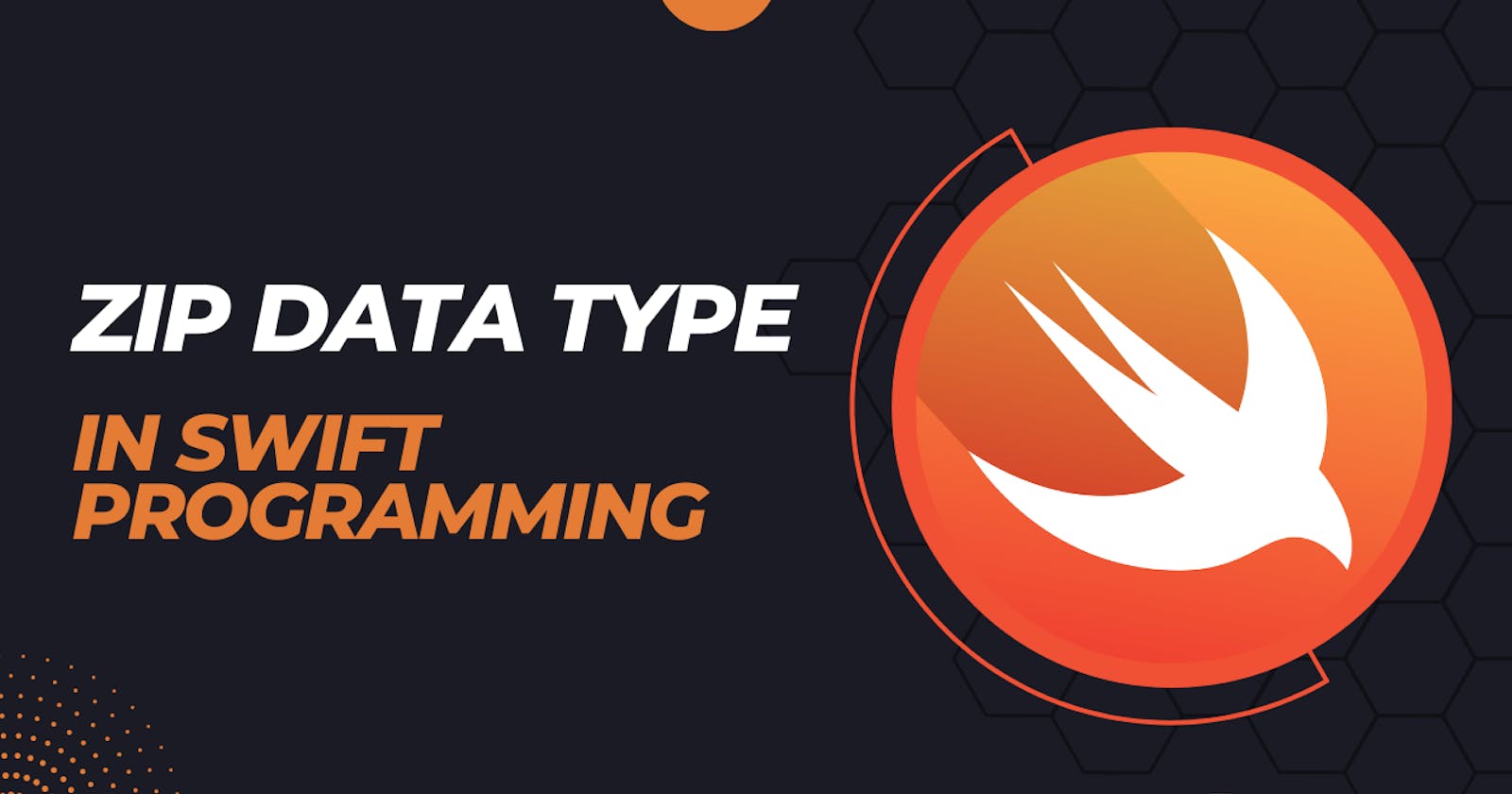Zip Data Type in Swift Programming
Using the Zip Data Type in Swift for More Efficient and Readable Code
When it comes to Swift programming, there are many different techniques you can use to make your code more efficient and readable. One of these techniques is using the zip data type to simplify your code.
Zip is a built-in Swift function that takes two or more sequences and returns a sequence of tuples, where each tuple contains one element from each of the input sequences. This can be extremely useful when you need to iterate over two or more sequences at the same time,
Consider a scenario where we have two arrays: numbers and words. Each element in the numbers array corresponds to an element in the words array. We want to print each number along with its corresponding word. In the absence of the zip data type, we would need to use a loop and index variables to achieve this. Here's how we would do it:
let numbers = [1, 2, 3, 4]
let words = ["one", "two", "three", "four"]
for i in 0..<numbers.count {
let number = numbers[i]
let word = words[i]
print("\(number) is written as \(word)")
}
Using zip is not only simpler and more readable, but it also eliminates the need for an index variable.
let numbers = [1, 2, 3, 4]
let words = ["one", "two", "three", "four"]
for (number, word) in zip(numbers, words) {
print("\(number) is written as \(word)")
}
As you can see, the zip function creates a sequence of pairs, where each pair contains one element from the numbers array and one element from the words array. The loop then iterates over each pair, and we can use tuple decomposition to access the individual elements of each pair.
Another Example - Using Zip in a Function Let's consider another example of using the zip data type in a function. Suppose we want to check if two strings are isomorphic. That is if the characters in one string can be replaced with the characters in the other string such that the meaning of the string remains the same. We can achieve this using the zip function as follows:
func isIsomorphic(_ s: String, _ t: String) -> Bool {
if s.count != t.count {
return false
}
var sToTMap = [Character: Character]()
for (sChar, tChar) in zip(s, t) {
if let mappedChar = sToTMap[sChar] {
if mappedChar != tChar {
return false
}
} else if sToTMap.values.contains(tChar) {
return false
} else {
sToTMap[sChar] = tChar
}
}
return true
}
As we can see, the code is now more concise and readable. We no longer need to iterate over the two strings using a for-loop and access elements with the same index. Instead, we can use the zip data type to iterate over both strings simultaneously and perform the mapping operation.
In conclusion, the zip function in Swift is a useful tool for working with multiple arrays or sequences simultaneously. It allows you to iterate over two or more sequences together, combining their elements into tuples. In the examples provided, we demonstrated how the zip function can be used to improve the implementation of the isIsomorphic function, which determines whether two strings are isomorphic. By using zip, we were able to simplify the code and make it more efficient. If you're working with Swift, it's worth exploring the zip function and considering how it can help you solve problems in your own code.
